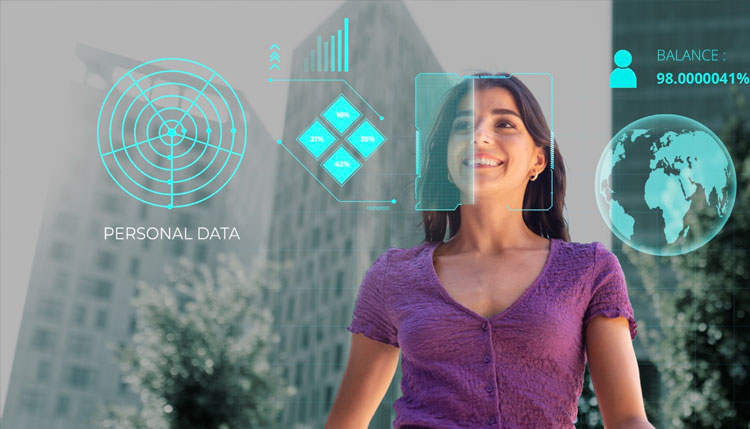
Privacy-Enhancing Technologies in Identity Management
In today’s interconnected digital ecosystem, preserving an individual’s privacy while maintaining robust security measures has become paramount. As organizations worldwide grapple with balancing the need for identity verification and compliance with stringent privacy laws, a new breed of solutions has emerged: Privacy-Enhancing Technologies (PETs). Especially within Identity and Access Management (IAM), the integration of PETs has revolutionized the way businesses protect user data and respect individual privacy rights.
Why PETs Matter in IAM?
IAM systems are fundamentally responsible for managing users’ digital identities and controlling access to resources. These systems handle vast amounts of personal and sensitive data, making them prime targets for malicious actors. Moreover, with the increasing legal ramifications of privacy breaches — courtesy of regulations such as the General Data Protection Regulation (GDPR) and California Consumer Privacy Act (CCPA) — businesses can no longer afford to be complacent about how they manage and protect user data.
This is where PETs come into play. They provide advanced techniques and tools designed to allow data use and analysis without compromising the privacy of the individuals to whom that data belongs. By integrating PETs into IAM systems, organizations can offer enhanced privacy protections while still leveraging the benefits of digital identity verification and access management.
Key PETs Transforming IAM:
Differential Privacy: Differential Privacy ensures that the risk to an individual’s privacy is minimized when their data is included in a dataset. By introducing “noise” or randomness into the data, it ensures that the released data, usually in aggregate form, does not compromise the privacy of individual entries. For IAM systems, this means that even if user data is analyzed or shared (for legitimate reasons), the individual user’s identity and specifics remain shielded.
Homomorphic Encryption: One of the challenges of traditional encryption methods is that data needs to be decrypted before any computation. Homomorphic Encryption is groundbreaking because it allows for computations on encrypted data directly, without requiring decryption. In the context of IAM, this means that user data can be processed and verified without exposing the raw, sensitive data at any point.
Secure Multi-Party Computation (SMPC): SMPC is a cryptographic technique that allows multiple parties to collaboratively compute a function over their inputs while ensuring those inputs remain private. For instance, if two companies wish to verify if a user is common to both without revealing their entire user databases, SMPC can make this possible. This has immense implications for IAM, especially in multi-organizational settings or federated identity systems.
Zero-Knowledge Proofs (ZKPs): ZKPs allow one party to prove to another that a statement is true without revealing any specific information about the statement itself. When applied to IAM, it means users can verify they possess certain credentials or attributes without revealing the actual credentials or even their identity.
The Road Ahead:
As the digital landscape evolves and becomes even more complex, the role of PETs in IAM will continue to grow. These technologies represent a shift in how we think about data privacy — from a reactive stance to a proactive one. Instead of focusing solely on securing data repositories or reacting to breaches, the emphasis is now on designing systems that inherently respect and protect user privacy.
Furthermore, as consumers become more informed and concerned about their digital privacy, organizations that prioritize and integrate PETs into their IAM solutions will be better positioned not only in terms of compliance but also in earning user trust.
In conclusion, Privacy-Enhancing Technologies are not just fancy tech jargon; they are essential tools that will shape the future of Identity and Access Management. Organizations looking to stay ahead in the realm of digital privacy and security should be keen to explore and integrate these technologies today. For more information on these advanced concepts, please visit www.trueid.in











